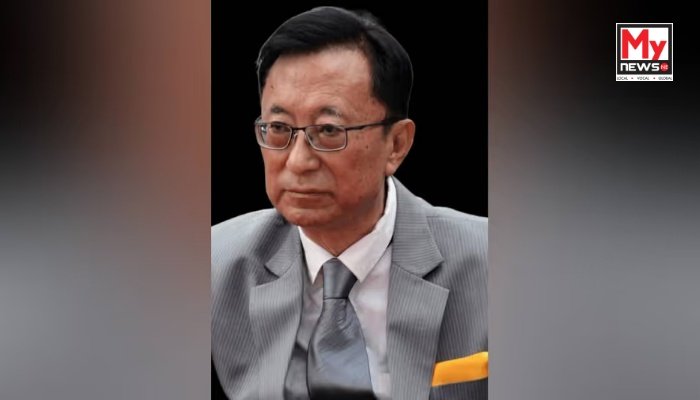Sikkim-Darjeeling Merger Proposal Sparks Concerns Over Demographic and Economic Imbalance
Gangtok: The proposed merger of Sikkim and Darjeeling has ignited heated debates, with concerns centering on the significant demographic disparities between the two regions. According to the 2011 Census, Sikkim’s population of 6,10,577 is dwarfed by Darjeeling’s 18,46,823. This vast difference suggests a potential dominance of Darjeeling in any merged administrative framework.
By 2031, Darjeeling’s population is expected to touch 22 lakhs, compared to Sikkim’s projected 7.37 lakhs. Sikkim’s low fertility rate of 1.1 (2022), well below the replacement level, stands in sharp contrast to Darjeeling’s higher rate of 2.1. The merger could also pose challenges for Sikkim’s indigenous communities, whose smaller numbers may face marginalization.
The economic implications of the merger are also a concern. Sikkim’s per capita income (Rs 1,94,624 in 2013-14) far surpasses Darjeeling’s Rs 87,695, indicating better economic conditions. However, Darjeeling’s youth, with competitive educational backgrounds, may outpace Sikkim’s residents in securing jobs and opportunities in the merged entity.
The proposed merger also raises concerns about the political representation of Sikkim. Darjeeling’s larger electorate (11.97 lakhs compared to Sikkim’s 4.66 lakhs) would likely dominate political representation. The loss of Sikkim’s Article 371F privileges, which protect Bhutia-Lepcha reserved seats, could further dilute political influence for Sikkim’s indigenous communities.
While the merger may benefit Darjeeling’s development, Sikkim risks losing its distinct identity and autonomy. Any decision must strike a balance between progress and preserving cultural, demographic, and economic equity for both regions.
Read More: YouTuber Ashish Chanchlani Seeks Anticipatory Bail Amid “India’s Got Latent” Controversy

